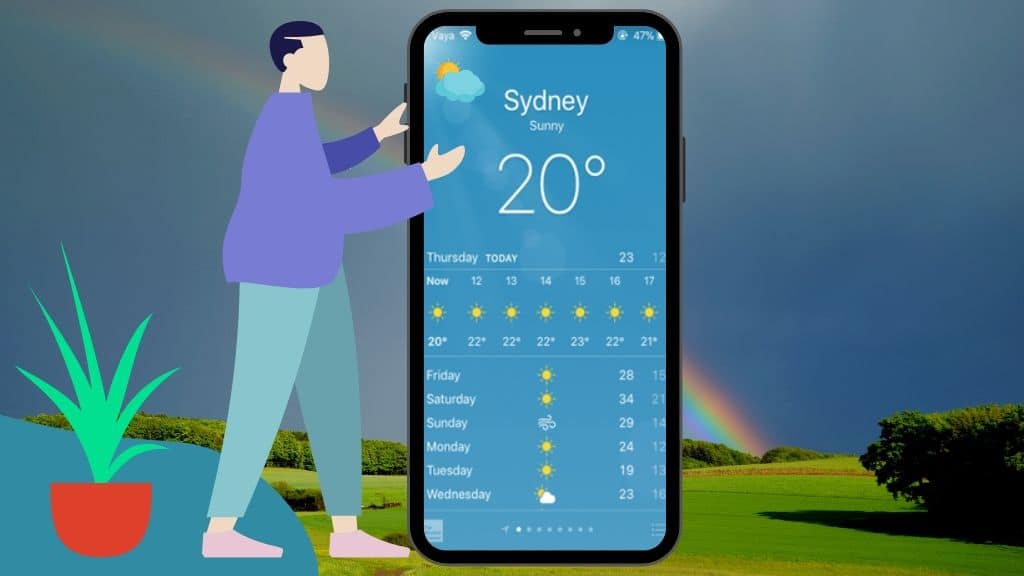Wearable technology has moved beyond fitness trackers and smartwatches, carving a significant niche in the healthcare landscape. From remote patient monitoring to personalized treatment plans, these devices offer immense potential to revolutionize how we approach health and wellness. However, simply adopting wearables isn’t a guaranteed path to success. Careful planning, strategic implementation, and a patient-centric approach are crucial.
This step-by-step guide will walk you through the process of leveraging wearable technology effectively in healthcare, whether you’re a patient, a healthcare provider, or an organization looking to integrate these innovative tools.
Step 1: Define Your Goals and Needs
Before diving into the world of wearable devices, it’s essential to clearly define what you hope to achieve.
- For Patients: What specific health aspects are you looking to monitor or improve? Are you managing a chronic condition, aiming for better sleep, or tracking your activity levels post-surgery? Be specific about your needs.
- For Healthcare Providers: What challenges are you trying to address? Are you aiming to improve patient adherence, gain more comprehensive data for diagnosis, or streamline remote monitoring processes?
- For Organizations: What are your overarching objectives? Are you looking to reduce hospital readmissions, improve patient engagement, or enhance the efficiency of your care delivery?
Clearly defined goals will help you narrow down the vast array of wearable options and ensure you choose devices and platforms that align with your specific needs.
Step 2: Research and Select the Right Wearable Technology
The market is flooded with various wearable devices, each with its unique features, accuracy levels, and data capabilities. Thorough research is crucial.
- Identify Relevant Features: Based on your goals, determine the key features you need. This could include heart rate monitoring, blood glucose tracking, sleep analysis, activity tracking, fall detection, or medication reminders.
- Assess Accuracy and Reliability: Look for devices that have been clinically validated or have a strong reputation for accuracy. Read reviews and consult with healthcare professionals for recommendations.
- Consider Data Integration: How will the data collected by the wearable be accessed and utilized? Ensure the device and its accompanying platform can seamlessly integrate with existing electronic health records (EHRs) or other relevant systems.
- Evaluate User-Friendliness and Comfort: The device should be easy to use, comfortable to wear for extended periods, and compatible with the user’s lifestyle. Consider factors like battery life, water resistance, and design.
- Prioritize Data Security and Privacy: Ensure the chosen device and platform have robust security measures in place to protect sensitive health information and comply with relevant data privacy regulations.
Step 3: Understand Data Collection and Interpretation
Wearables generate a wealth of data, but its true value lies in its interpretation and application.
- Familiarize Yourself with the Data Metrics: Understand what the collected data points mean and how they relate to your health goals.
- Establish Baseline Measurements: Before actively using the wearable, establish baseline readings to track progress and identify significant changes.
- Learn How to Access and Analyze Data: Understand how to navigate the device’s app or platform to view trends, generate reports, and identify patterns.
- Seek Professional Guidance: Healthcare providers can play a crucial role in interpreting the data and providing personalized insights and recommendations based on the information gathered.
Step 4: Integrate Wearables into Your Healthcare Routine (for Patients)
For patients, successful integration requires commitment and active participation.
- Wear the Device Consistently: To gather meaningful data, wear the device as instructed by the manufacturer and your healthcare provider.
- Regularly Review Your Data: Make it a habit to check your data and identify any notable trends or alerts.
- Communicate with Your Healthcare Provider: Share relevant data with your doctor during appointments or through secure communication channels. This information can provide valuable context for diagnosis and treatment adjustments.
- Use Reminders and Alerts: Leverage the device’s features like medication reminders or inactivity alerts to support adherence to your healthcare plan.
- Be Patient and Persistent: It takes time to see the benefits of using wearable technology. Stay consistent with its use and actively engage with the data.
Step 5: Implement Wearable Technology in Clinical Practice (for Providers & Organizations)
For healthcare professionals and organizations, successful implementation requires a strategic and patient-centered approach.
- Develop Clear Protocols and Workflows: Establish guidelines for how wearable data will be collected, accessed, and integrated into clinical decision-making.
- Provide Patient Education and Support: Educate patients on how to use the devices, interpret the data, and understand its value in their care. Offer ongoing support to address any questions or concerns.
- Train Healthcare Staff: Ensure that healthcare professionals are adequately trained on the chosen wearable technologies and the interpretation of the collected data.
- Focus on Actionable Insights: Develop systems and processes to identify meaningful patterns and alerts in the data that require clinical intervention.
- Prioritize Data Security and Compliance: Implement robust security measures to protect patient data and ensure compliance with relevant regulations like HIPAA (in the US) or GDPR (in Europe).
- Iterate and Improve: Continuously evaluate the effectiveness of your wearable technology program and make adjustments based on patient feedback and clinical outcomes.
Step 6: Evaluate and Adapt
The journey with wearable technology is ongoing. Regular evaluation and adaptation are crucial for continued success.
- Track Key Metrics: Monitor the impact of wearable technology on your health outcomes, patient engagement, or organizational efficiency.
- Gather Feedback: Solicit feedback from patients and healthcare providers on their experience with the technology.
- Stay Updated: The field of wearable technology is constantly evolving. Stay informed about new devices, features, and best practices.
- Be Flexible: Be prepared to adjust your approach based on the data, feedback, and advancements in technology.
Conclusion:
Achieving success with wearable technology in healthcare requires a thoughtful and proactive approach. By clearly defining goals, selecting the right tools, understanding the data, and actively integrating these devices into your healthcare routine or clinical practice, you can unlock their transformative potential. Embrace the power of continuous monitoring and personalized insights to pave the way for better health outcomes and a more proactive and engaged healthcare experience. Remember that technology is a tool, and its effectiveness hinges on how strategically and thoughtfully it is implemented and utilized.
Are you looking for mobile app development to control your wearables , feel free to contact us .




